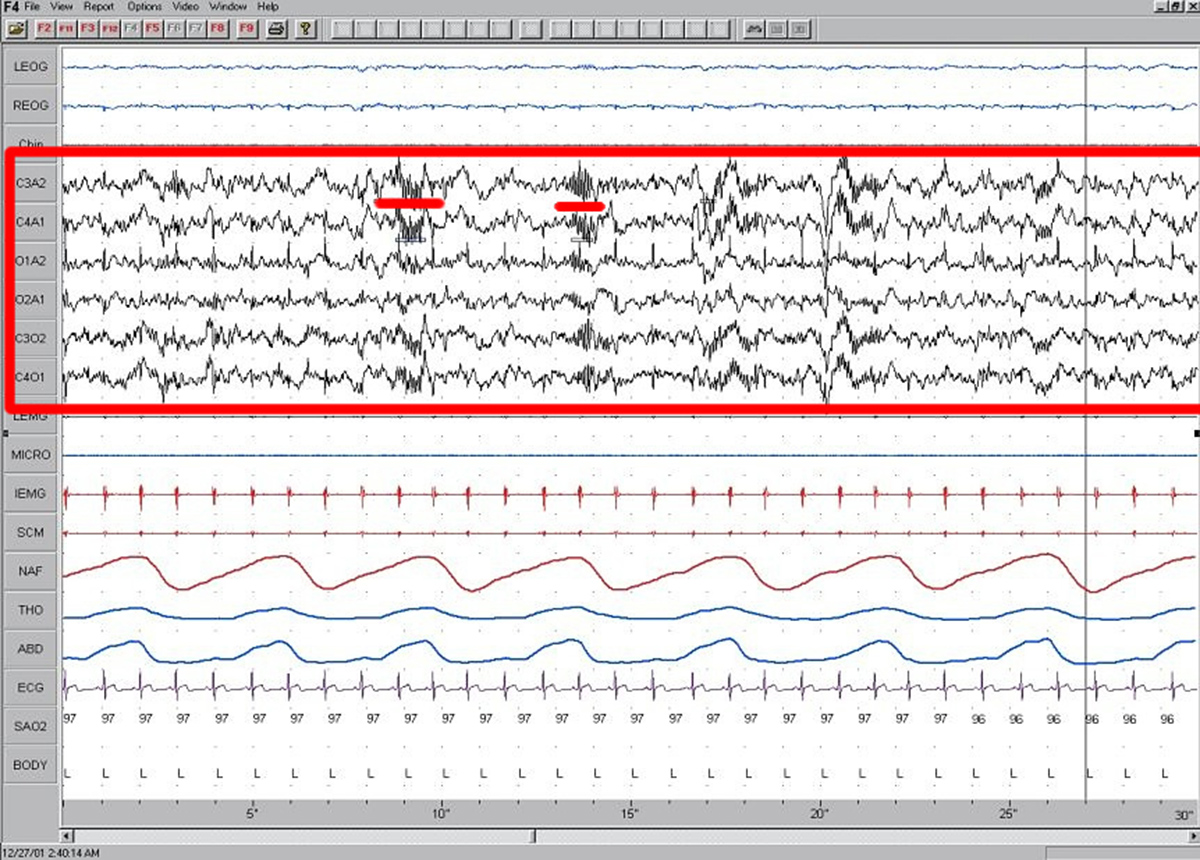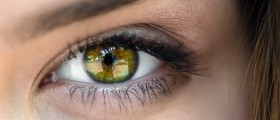
Introduction to Sleep
One specific invention called the electroencephalograph allowed scientists to study sleep thoroughly. Sleep goes through a series of stages and the brain acts differently in each of these stages. The specific brain's behavior can be easily recorded with the assistance of electroencephalography. Sleep is a very delicate and complex process. It helps the body regenerate. The fact is that during sleep the body stays active even though we are not aware of this.
Rough classification of sleep is into Non-Rapid Eye movement (NREM) sleep and Rapid Eye Movement (REM) sleep. Furthermore, more specific classification points to five stages that normally occur within a sleep cycle. In case of normal sleep a person will go through all five stages while it may be possible to experience only some of these five stages.
How does Sleep Begins?
During the initial phase of sleep a person is still relatively awake and the brain produces specific beta waves. Once the brain starts to relax beta waves vanish and the brain starts to produce alpha waves (much slower waves). Since the person does not sleep yet he/ she may experience strange and very vivid sensations called hypnagogic hallucinations. One more characteristic of this introductory phase of sleep is a myoclonic jerk.
Stages of Sleep
Stage 1 represents the beginning of the sleep cycle. It is a light sleep and is only a transitory period between wakefulness and the actual sleep. The brain in stage 1 produces very slow theta waves and the entire stage lasts no longer than 10 minutes. If a person is awaken in this particular stage of sleep he/ she may say that they were not sleeping at all.
Stage 2 of sleep last approximately 20 minutes. It features with rapid and rhythmic brain waves called sleep spindles. During this stage the body temperature decreases and the heart rate becomes slower.
In stage 3 the brain produces characteristic delta waves. This stage of sleep represents the transition stage between the light sleep and very deep sleep.
Stage 4 of sleep lasts around half an hour. This stage features with delta waves and it is the time during which children urinate in bed and sleepwalkers star to walk.
And finally, stage 5 is the stage during which majority of dreams occur. This stage is also known as REM sleep. It features with rapid eye movement, increased respiration rate and increase in the brain's activity. REM sleep is also known as paradoxical sleep since most of the body systems become even more active while the muscles stay relaxed.

















Your thoughts on this
Loading...